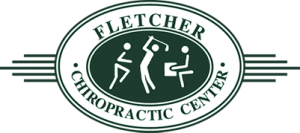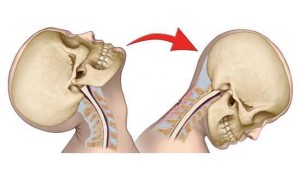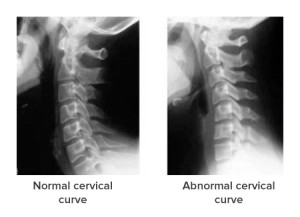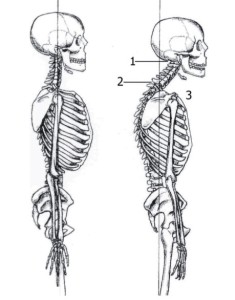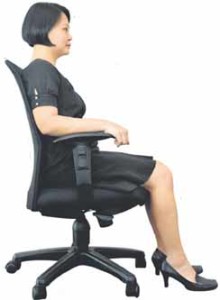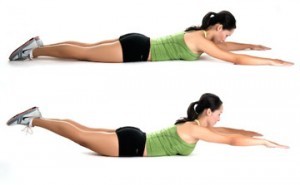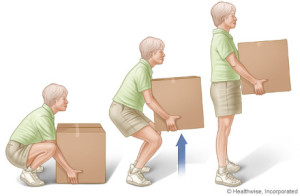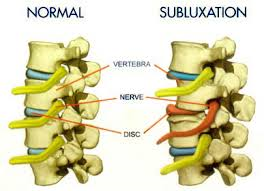How many treatments will it take to fix your problem? News from Fletcher Chiropractic in Boise, ID
May 9, 2016 | By Jillaine W | No Comments
How many treatments will it take to fix me?
This is one of the most common questions we get from prospective and current patients- and it’s a good question to ask! Although it seems like a fairly straight-forward question, there are plenty of things that need to be taken into consideration for each patient before an honest answer can be given. Things like age of the patient, nature of the complaint, and if there are any complicating factors involved (radiating pain into the arms or legs, muscle spasm, an unleveled pelvis, any curvature to the back, etc.) need to be considered before making that decision.
One of the most crucial things to understand as a patient is that your doctor is not only treating your pain, but more importantly the underlying cause of your pain. It is important to find out where the problem stems from, and after a thorough history, exam, and x-rays if necessary, a chiropractor will determine if you have spinal subluxation. Subluxations happen when the bones of your back have come so far out of alignment that they actually put pressure on the delicate nerves that exit from your spinal column. When these nerves are irritated, they can cause pain and discomfort, stiffness or soreness, stiffness and loss of range of motion, or possibly symptoms of tingling or pain into the hands or legs.
Because of the many different causes for back pain, and the number of factors which may complicate it, the treatment plan varies widely from patient to patient. If a case if very straight-forward and the patient is expected to respond quickly to care, one or two adjustments may send you on your way. On the other hand, if someone presents with a bit more complexity, the doctor may prescribe multiple adjustments. If that is the case, there is a certain protocol that you can expect from our office. Our doctors will most likely recommend a treatment plan which will consist of three phases- a pain relief stage, a corrective phase, and finally a strengthening phase.
The relief phase:
When a patient is in very severe or debilitating pain, they oftentimes will need to be adjusted daily until they are out of pain, or until they are able to resume normal daily activities. Each adjustment is very precisely delivered to take pressure off of the nerve that is causing the pain.
The corrective phase:
At this stage, the adjustment is aimed at returning proper alignment to the spine and pelvis. From a structural stand point, our bodies function at their best when the spine is straight and the pelvis is level. The doctor is trained to find misalignments and deliver a corrective chiropractic adjustment which helps guide the bones of the spine back to their proper position. Because we all have muscle memory, sometimes it takes multiple corrective adjustments to overcome this memory and allow the adjustments to hold.
The strengthening phase:
After you have completed the corrective phase, you will move on to this final stage of care. During this stage, you will continue to receive adjustments, but will be given strengthening exercises to help hold the adjustment in place. By strengthening the muscles around the spine, we are encouraging a new muscle memory which will help hold our spine in alignment.
It is very important that the spine is first aligned and straightened before we start to strengthen. If we begin strengthening too quickly (a.k.a. before we are fully corrected), we are actually encouraging our muscles to hold the spine out of alignment. In addition, if we start to strengthen too soon, we run the risk or re-injuring the spine and having to start over in the care process.
Occasionally patients have the assumption that their condition should get better with just one or two visits. Sometimes this is the case, and trust me, if we were able to make everyone’s dysfunction and misalignments go away with just one single adjustment that would be FANTASTIC. Although some patients do respond very quickly to care- such as those who have received regular chiropractic care in the past- it usually takes more than one adjustment to heal years of repetitive trauma and misalignment. Again, it is a hard question to answer until you have specific information that can only be obtained with a thorough history, exam, and x-rays.
If you have questions about the length of time it would take you or a loved one to both feel and heal better, please set up an appointment with our doctors. They would be more than happy to discuss the specifics of your condition and give you a better idea of a time-line for you to achieve your optimal spinal health. Mention this article and your consult and exam will be provided for free.
In good health,
Dr. Jillaine
